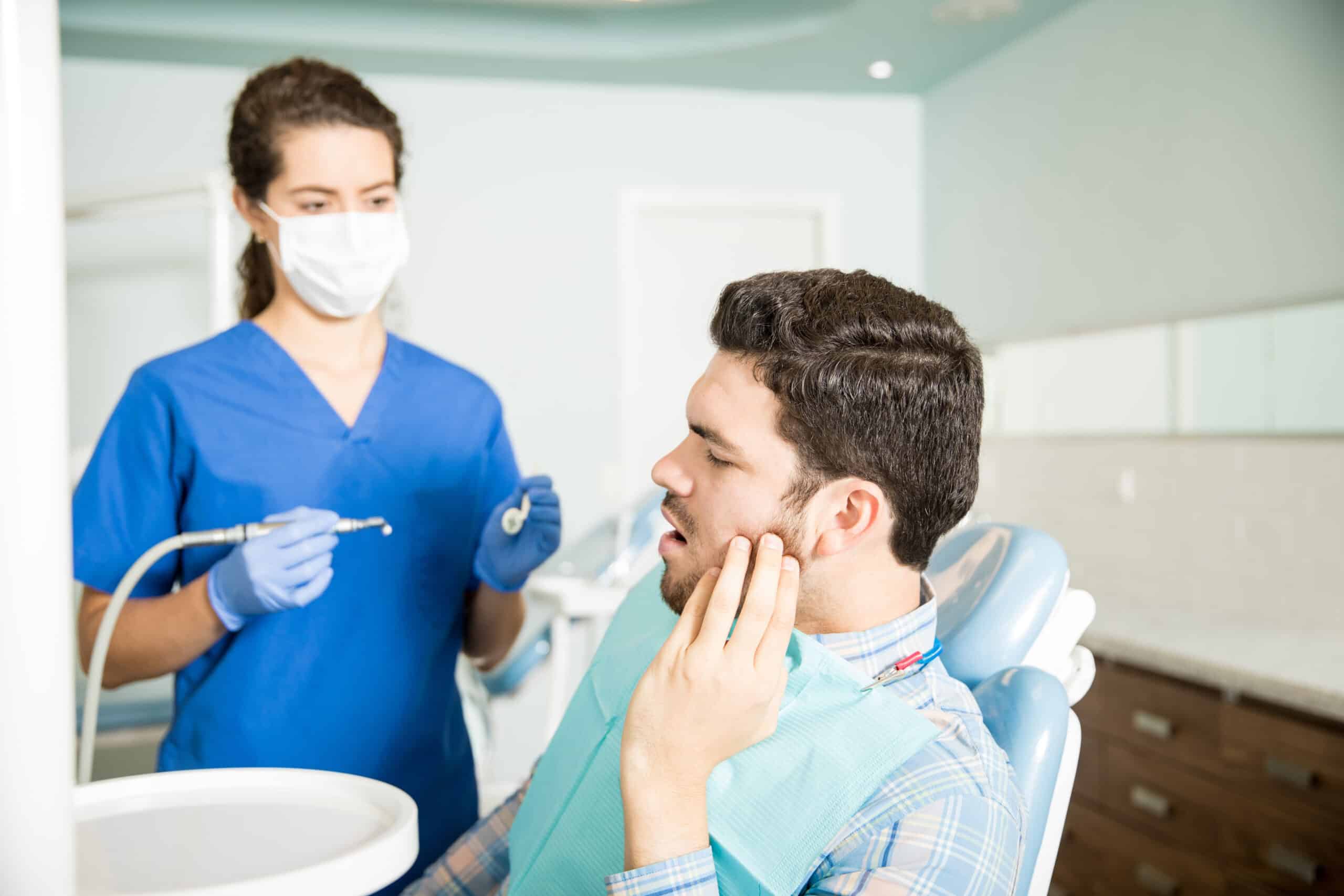
Treatment Options For An Abscessed Tooth From An Emergency Dentist
Have you ever experienced the excruciating pain of an abscessed tooth? If so, you are aware of how excruciating it may get. Ignoring this dental emergency is not an option – it demands immediate attention from a skilled professional. In today’s blog post, we dive into the treatment options available for an abscessed tooth and why seeking care from an emergency dentist is crucial. From relieving your pain to saving your beloved smile, discover everything you need to know about tackling this distressing condition head-on.
Understanding an Abscessed Tooth
An abscessed tooth is usually characterized by intense throbbing pain, swelling, and sensitivity to hot or cold temperatures. It may also be accompanied by a fever or a bitter taste in the mouth. The infection has the potential to spread and result in more severe health complications if left untreated.
Treatment Options from an Emergency Dentist
Drainage of the Abscess: The first step often involves draining the abscess to relieve pressure and remove the infected pus. This procedure helps alleviate pain and reduces the risk of the infection spreading further.
Antibiotics: Emergency dentists might prescribe antibiotics to control the infection and prevent it from spreading. It is very important to take antibiotics exactly as advised.
Root Canal Therapy: In cases where the abscess is caused by severe decay or infection reaching the tooth pulp, a root canal might be necessary. This procedure involves removing the infected tissue, disinfecting the area, and sealing the tooth to prevent further infection.
Tooth Extraction: If the tooth is severely damaged and cannot be saved, extraction might be the only viable option. An emergency dentist will only resort to extraction if there’s no other way to save the tooth.
Pain Management: Emergency dentists can offer immediate relief from the excruciating pain caused by the abscess. They could recommend pain medications or treatments to help lessen the discomfort.
Source: American Dental Association (ADA)
Aftercare Recommendations
Follow-Up Appointments: After receiving treatment for an abscessed tooth from an emergency dentist, it’s crucial to schedule and attend follow-up appointments. These visits are crucial for monitoring the progress of the treatment, ensuring proper healing, and addressing any lingering concerns or issues that may arise after the initial care.
Good Oral Hygiene: Maintaining good oral hygiene is paramount post-treatment. Regular brushing with a soft-bristled toothbrush, flossing, and using an antibacterial mouthwash are crucial elements of an effective oral care routine. These practices help prevent future infections and support the healing process.
Healthy Diet: Eating a balanced and nutritious diet plays a significant role in oral health and overall healing. Avoiding sugary foods and drinks is particularly important, as sugar can contribute to bacterial growth and compromise oral health. Opt for a diet rich in fruits, vegetables, lean proteins, and plenty of water to support the body’s healing processes.
Pain Management: While the treatment from the emergency dentist aims to alleviate the severe pain associated with an abscessed tooth, some discomfort might persist during the healing process. Follow any prescribed pain medications or guidelines for managing discomfort provided by the dentist. Over-the-counter pain relievers can also help manage any lingering pain, but it’s essential to follow the recommended dosage.
Avoiding Pressure on the Affected Area: Avoid applying undue pressure on the treated area. If the abscess was drained or treated, avoiding chewing on the affected side of the mouth can aid in the healing process. Minimizing pressure on the area helps prevent irritation and allows for proper healing.
Consistent Communication with the Dentist: Maintaining open communication with your dentist is vital. If you experience any unexpected symptoms, persistent pain, or concerns during the healing process, don’t hesitate to contact your dentist. Promptly addressing any new or worsening symptoms can prevent potential complications.
Adherence to Prescribed Medications: If antibiotics or other medications were prescribed, ensure you complete the full course of medication as directed by your dentist. Even if symptoms subside, completing the prescribed course is essential to eradicate the infection and prevent it from reoccurring fully.
When to See an Emergency Dentist vs. a Regular Dentist:
Emergency Dentist: Seek emergency dental care for sudden and severe dental issues such as trauma, severe pain, abscesses, or any dental problem that requires immediate attention and relief.
Regular Dentist: Visit a regular dentist for routine check-ups, cleanings, minor dental issues, and long-term dental care planning. Regular dentists are the professionals that individuals typically turn to for the ongoing maintenance of their oral health and non-urgent dental treatments.
While both emergency dentists and regular dentists are dental professionals, their focus and services differ significantly. Emergency dentists provide immediate care for urgent situations, while regular dentists focus on routine and preventive oral care, long-term treatment planning, and maintaining overall oral health.
An abscessed tooth is not just a dental problem; it’s a serious health concern. Seeking immediate attention from an emergency dentist is crucial to alleviate pain, control infection, and prevent potential complications. Remember, early intervention is key to effective treatment and preventing the escalation of dental issues. Always put your oral health first, and if you think you may have an abscessed tooth, contact a dentist as soon as possible for emergency treatment. This will help you get the best possible outcome and prevent subsequent health concerns.




